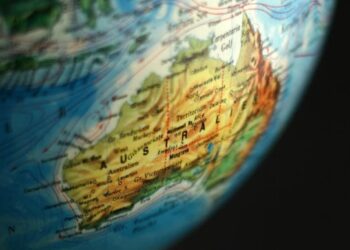US Trade Representative (USTR) Robert Lighthizer announced new trade tariffs of 10 per cent on $200 billion worth of Chinese imports on 10 July.
According to a 205-page document published by the USTR, the list of goods targeted to the potential tariffs includes consumer goods such as fish, vegetables, nuts, fruit, grain, seeds, and tobacco; as well as chalk, metals, silicon, ink, soap, paper, plastics, rubber, leather, woods, textiles, furniture, ceramic, glass, and steel; and certain electric products, white good technologies and machinery.
In a statement, S&P Global Ratings said: “while … this action doesn’t necessarily raise the risk of an all-out trade war, the tariffs would affect some industries and individual corporate borrowers.”
If the new tariffs go ahead — on top of the tariffs on $34 billion worth of Chinese goods that have already kicked in, alongside separate tariffs on $16 billion worth of Chinese goods — the total amount of goods subject to tariffs would come to $250 billion.
This would represent “about half the value of China’s annual exports to the US,” the statement said.
“However, the Chinese government, after initially reacting angrily, appears to be calmly considering its options.
“The absence of an immediate tit-for-tat response lends hope to the belief that China-US trade negotiations aren’t completely off the table.”
But the ratings agency added that this did not mean there was no more risk.
“Our current base-case assumption is that the tariffs, if imposed, will not likely greatly affect either economy. However, they would affect some industries and individual corporations,” the statement said.
Markets have ebbed and flowed following the tit-for-tat tariff threats and announcements, with both investor sentiment and superannuation returns taking a hit.
China would not be able to match the US’ $200 billion tariffs given its US imports only came to $130 billion last year, according to the ratings agency.
“Should China opt to pursue non-tariff actions that affect services and investments, it could damage global business and consumer confidence, investment prospects, and growth.”
Westpac head of financial market strategy Robert Rennie indicated, in a note on Monday, that the current US President’s administration was unafraid of flexing its muscles.
“Trump is the first US President to use section 232 powers to execute tariffs and this speaks to the idea that this administration is willing to get inventive, actually use the significant powers the executive branch has and take a much more aggressive stance in terms of dealing with China,” Mr Rennie wrote.







